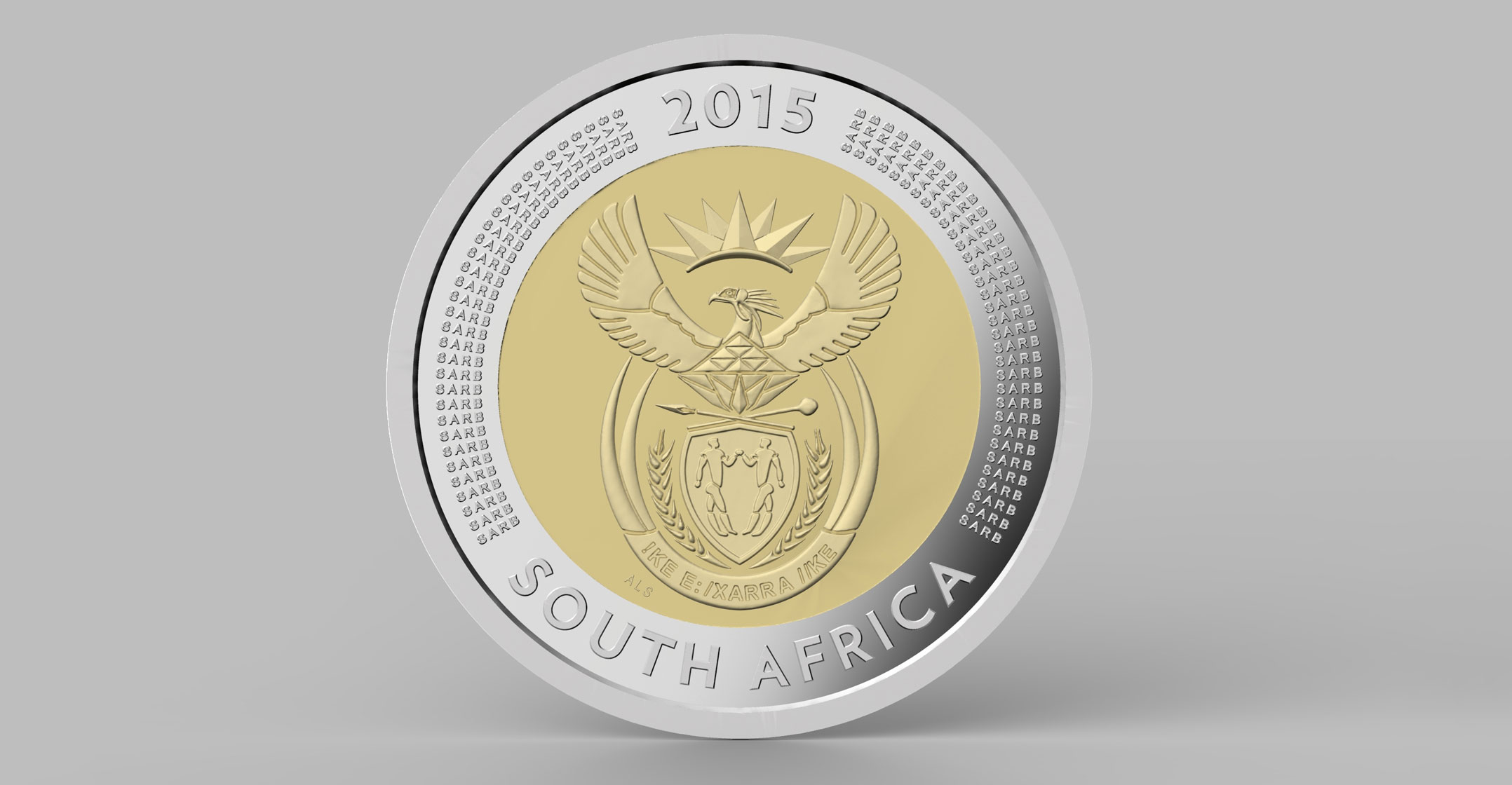 Brace for hikes in the cost of gadgets and other technology items. The rand has weakened beyond R14/US$ for the first time since a credit downgrade in November as Turkey’s economic crisis sent investors fleeing from emerging-market assets.
Brace for hikes in the cost of gadgets and other technology items. The rand has weakened beyond R14/US$ for the first time since a credit downgrade in November as Turkey’s economic crisis sent investors fleeing from emerging-market assets.
The rand extended its drop after US President Donald Trump announced higher tariffs on Turkish steel and aluminium imports. The move came on the heels of an address by Turkish President Recep Tayyip Erdogan that failed to reassure global markets.
“The rand has been caught up in the maelstrom,” said Per Hammarlund, chief emerging market strategist at SEB in Stockholm.
The rand’s slump on Friday took it to levels last seen during the final months of Jacob Zuma’s presidency, when the nation’s rating was cut by S&P Global Ratings. The currency initially surged after the election of his rival, Cyril Ramaphosa, who won over investors with pledges to weed out corruption and reinvigorate the economy.
“This time around, the rand is particularly vulnerable because of the Ramaphosa euphoria,” said Hammarlund, who predicted the currency will hit R14.50 in the short term.
Investors are turning against emerging markets as the rising prospect of a prolonged trade war compounds a backdrop characterised by a more hawkish Federal Reserve and European Central Bank. In South Africa, uncertainty about the ruling party’s policies on land and mining has also contributed to the currency’s 12% drop so far this year.
The rand was at R14.07/$ by 4.09pm in Johannesburg, the weakest on a closing basis since 24 November, when S&P lowered South Africa’s local currency rating one step to a notch below investment grade. The yield on government rand-bonds due in December 2026 rose 19 basis points to 8.87%. — Reported by Colleen Goko, (c) 2018 Bloomberg LP




